The History and Construction of Aizhai Bridge
The Aizhai Bridge is a suspension bridge that spans the Dehang Canyon in China, connecting two provinces: Hunan and Guizhou. The bridge was opened to traffic in 2012 and at that time, it was the world’s longest and highest suspension bridge.
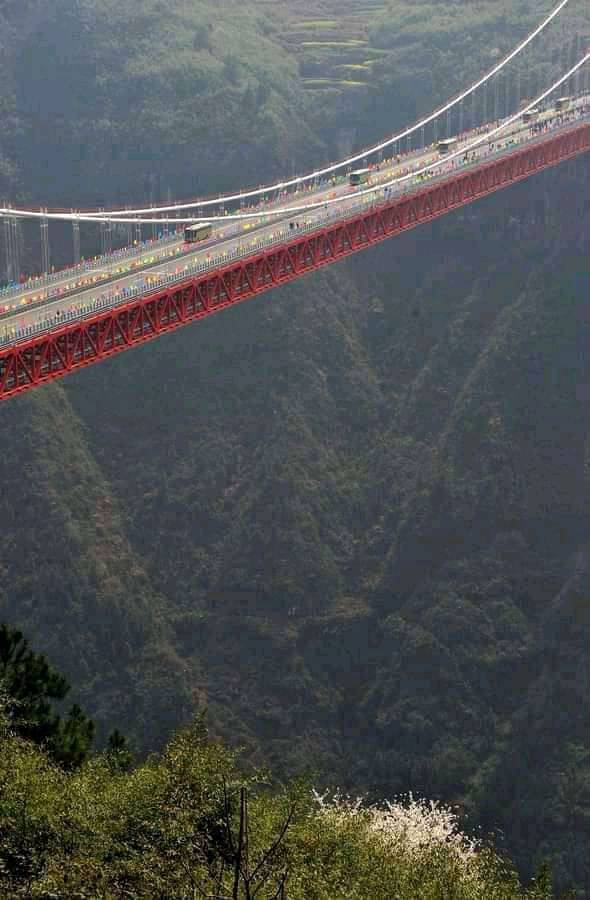
The construction of the bridge started in October 2007 and was completed in 5 years at a cost of $1 billion. The bridge is 1,146 meters long and 355 meters high, making it one of the tallest bridges in the world. It was designed by the Major Bridge Reconnaissance & Design Institute (MBRDI) and built by the China Road and Bridge Corporation.
One of the most interesting aspects of the bridge’s construction was the use of a temporary cableway system to transport materials across the canyon. This system was used to transport 10,000 tons of steel and other materials needed for the bridge’s construction.
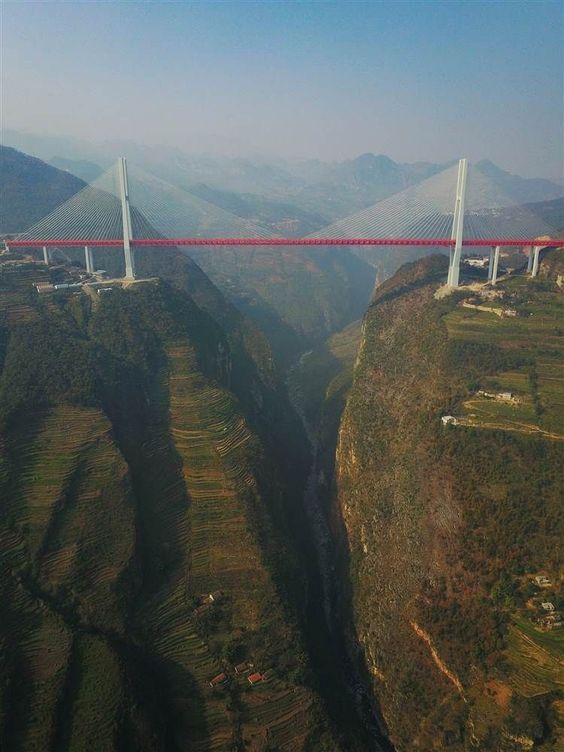
The Aizhai Bridge has become a popular tourist attraction in China, with visitors coming from all over the world to admire its engineering and architectural marvel. It has also helped to improve the transportation and connectivity in the region, reducing the travel time between Hunan and Guizhou by several hours.
How the Aizhai Bridge is Redefining Infrastructure Development Across China
The Aizhai Bridge has redefined infrastructure development across China in several ways. Firstly, it has demonstrated China’s ability to build world-class infrastructure projects, and in doing so, has established China as a global leader in infrastructure development.
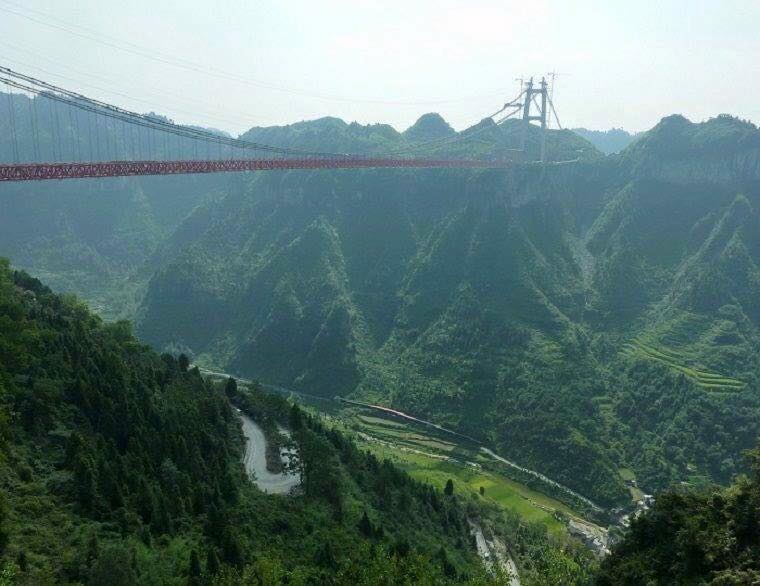
Secondly, the Aizhai Bridge has become a symbol of China’s commitment to investing in its transportation infrastructure. The bridge has helped to improve connectivity between the provinces of Hunan and Guizhou, reducing travel times and boosting economic development in the region.
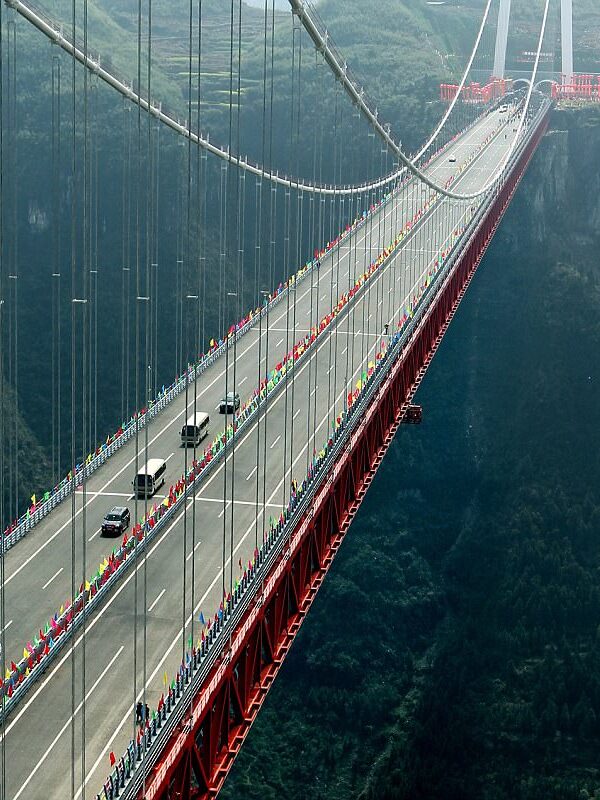
Thirdly, the Aizhai Bridge has set new standards for bridge construction and design. The use of a temporary cableway system to transport materials across the canyon was a unique engineering solution that allowed the bridge to be built more efficiently and at a lower cost.
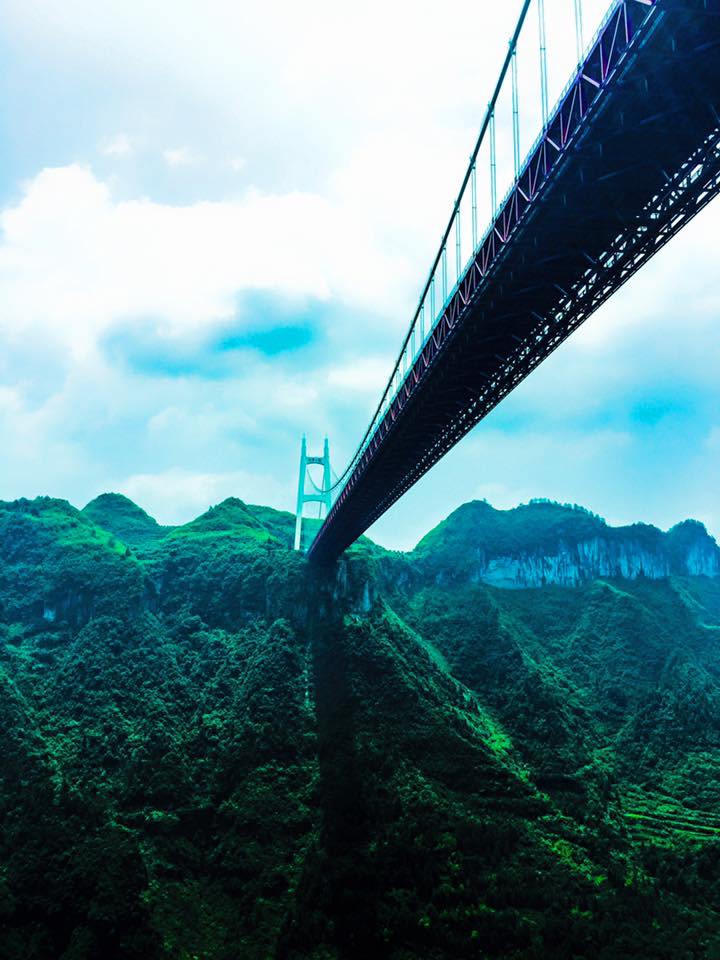
Finally, the Aizhai Bridge has become a popular tourist attraction, drawing visitors from all over the world to admire its engineering and architectural marvel. This has helped to promote tourism in the region, boosting the local economy and creating new job opportunities.
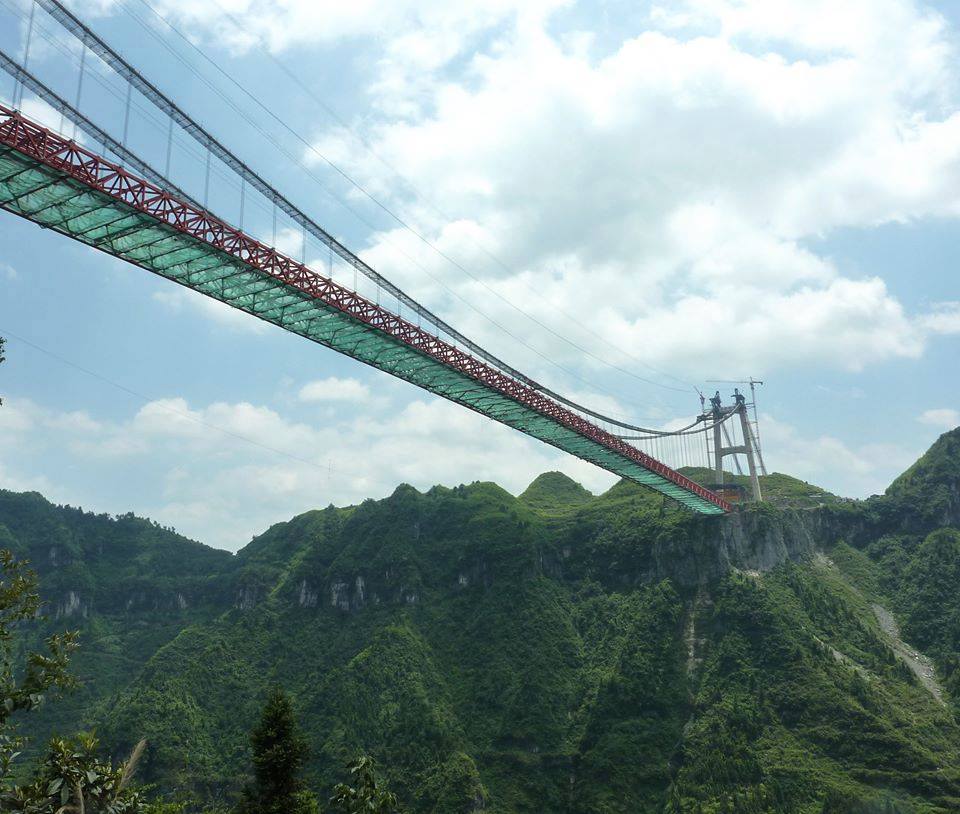
Overall, the Aizhai Bridge has set a new benchmark for infrastructure development in China, and its success has inspired other infrastructure projects across the country. It has demonstrated that with investment, innovation, and determination, China can continue to build world-class infrastructure that benefits its citizens and drives economic growth.

